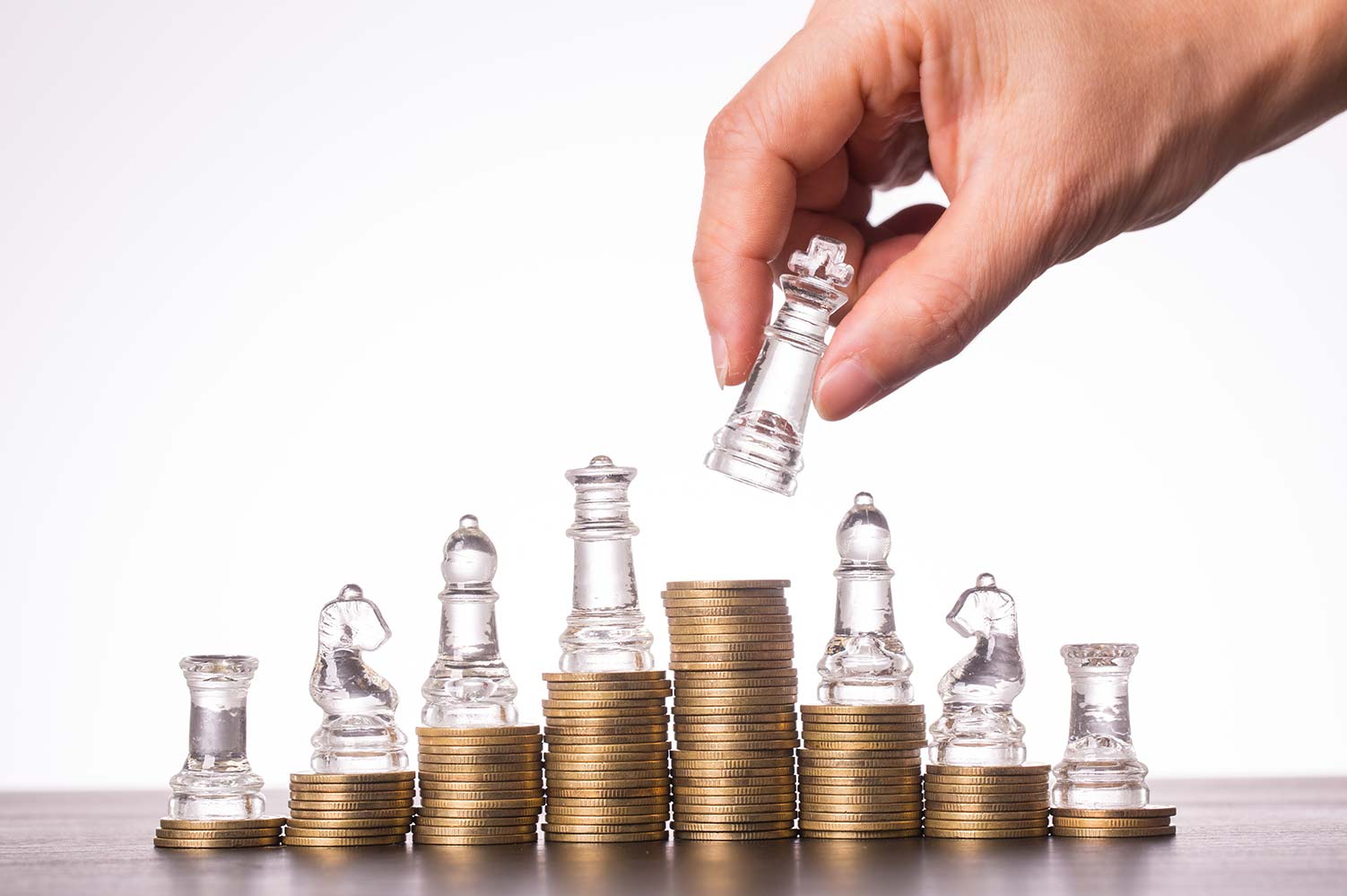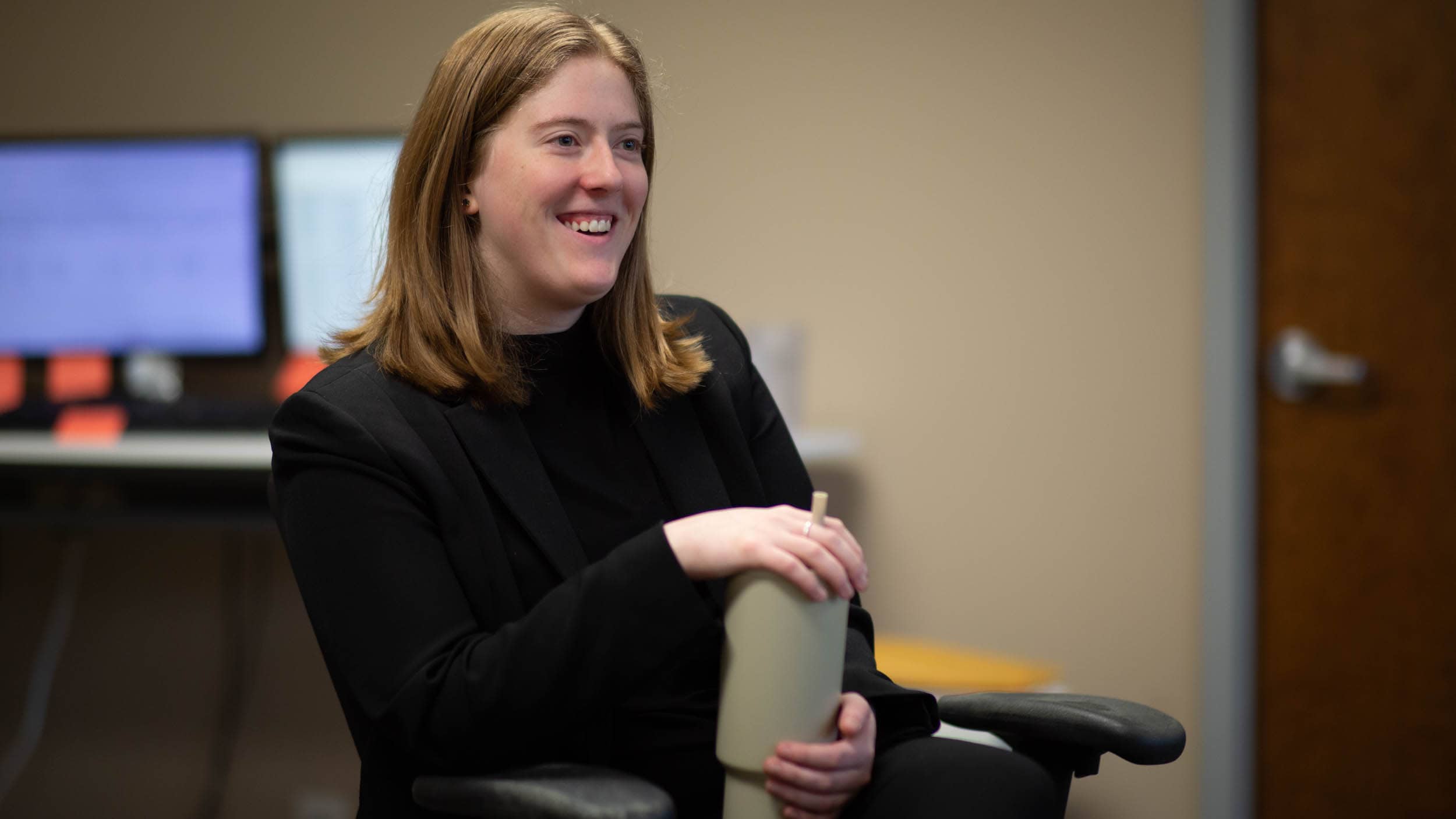
If I have extra cash from my business thriving what should I do with the cash?
As with most good answers, it depends. One business owner’s “correct” answer may not be the same as it would be for a colleague in another business or even one in the same industry. With savings and CD rates near zero, it seems like a waste to put the funds into the bank unless the goal is to wait for a purchase opportunity or to simply act as reserves. In the case of building reserves, the desire to have available cash is more important than receiving an investment return on the cash.
First things first
Assuming that a business owner is moderately confident about the future, it can be tempting to want to spend the money on growth/reinvestment in the business. And while that may be a smart play in many scenarios, there are other factors to consider. Generally, we at Lucrum advise our clients to first ensure that they have sufficient reserves built up. And, rather than state a fixed dollar amount, we recommend converting that to a number of months. Some of our more conservative clients want 3 months of all fixed cash needs in the bank. This means they could still pay all bills, loans, and recurring payments if their business had zero revenue for three months and they made no cutbacks to staff or purchasing. Yes, that is not a very likely scenario (both zero revenue and no spending cuts) but a very conservative, worst case scenario. Other clients aren’t as concerned with covering the worst case scenario, so they may have only 1 month of reserves. Before reinvesting in the business, Lucrum recommends considering increasing the reserves on hand. If the previous threshold was 1 month of cash reserves on hand, perhaps raise that to two months. The recent disruption of business caused by the COVID pandemic has provided us all with a new definition of “worst case scenario” and better information to factor into the determination of the right amount of reserves.
Generally, we at Lucrum advise our clients to first ensure that they have sufficient reserves built up. And, rather than state a fixed dollar amount, we recommend converting that to a number of months.
Once the business has sufficient reserves (in the owner’s opinion), it might be time to reinvest in the business to position for growth. Often, an entrepreneur’s business is his most valuable asset and rolling cash bank into the existing business, or expanding into another line of business, would produce the greatest return. A small business growing 20% year over year is going to produce significantly higher returns on $100K reinvested than an owner would ever get in the stock market. At the same time, one needs to consider the lack of diversification. As previously mentioned, the business is already the largest percentage of an owner’s wealth so she might want to diversify in another asset class.
Assuming the reserves goal(s) are met and a business owner is already investing heavily in growth or waiting for an acquisition opportunity, another option to keep the cash in the business is to pay off “bad” debt. This could include, for example: bridge loans, maybe a second mortgage on a piece of real estate, high interest equipment financing, or even lines of credit. Lines of credit are a great way to get an immediate return on your money (through interest savings) while not losing all access to the cash, since it can always be re-drawn. From here, it’s simply a matter of finding the highest interest rate loan and paying that down first. We recommend to our clients that they ignore any debt around 3% or below. At this level, the interest rate is about the same as inflation, so it’s essentially “free” money. By paying off debt the business is getting an immediate return on that money, increasing its debt coverage ratio (by decreasing the amount of monthly loan payments), and strengthening its balance sheet for a potential acquisition or financing in the future.
A small business growing 20% year over year is going to produce significantly higher returns on $100K reinvested than an owner would ever get in the stock market.
One thing to consider, regardless of whether the debts being retired are in the business or owned outside of the business (discussed further below), is to immediately put in place an equity line or a line of credit, to make those funds available for future use. One client had a balance of approximately $65K left on their mortgage, secured by the land their shop was located on. The rate on the old loan was 4.25% and they immediately put a $200K equity line on the land. That provides them with access to $200K of cash if they ever need it, but also generated a 4.25% return on $65K that would otherwise have been sitting in their operating account earning 0.1%.
Check your head
Next step is where the decisions get a little more difficult, primarily because it comes down to the business owner’s mindset. Some folks are debt averse, so they lean toward paying down debt regardless of the interest rate. Others look to reinvest and grow, taking advantage of low interest rates. Regardless, the common theme is building more equity in the business either through reduced debt or increased profitability.
It’s important to note that investing in yourself, your team, or improved systems and processes should not be overlooked. If the business is still flush with cash, maybe now is the time to upgrade software, make a new hire for efficiency or process improvements, or to replace some older, less efficient assets. Investing in systems and processes is usually a great area in which to focus. The cost of human capital is going to continue to increase, and managing people can be difficult, especially in a COVID environment. Businesses that are automated and scalable are often sold for higher multiples than those that are dependent on staff growth to accommodate revenue growth.
Ok, I’ve done all that…
Once all of those criteria are met, we explore distributing the funds out of the business to the owners to take “some chips off the table”. We try to encourage clients to be smart with the money; i.e. save or invest it personally. Retirement accounts, paying down personal debt, or buying investment property are all smart options here.
As with all things in life, we have to take the good with the bad. Refinancing our house at 2.75% is awesome, but that comes with a price: near 0% savings and CD rates. Combine that with the increased demand some businesses have experienced during COVID, and it becomes a good problem to have: “What do I do with all this money?”. If only all Americans could be so fortunate. Being smart about managing your business finances begins with recognizing your limitations as a leader. You can’t be good at everything, so don’t expect that of yourself. When you’re ready to get strategic about growth, bring Lucrum into the conversation. We have decades of experience in many industries giving us unmatched perspective. We’d love to help you grow the way our other clients are.



